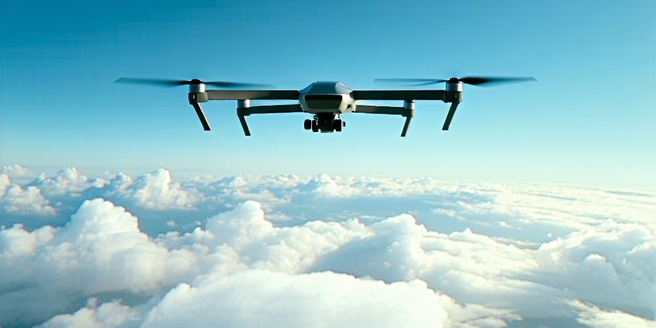
Introduction to Airborne Wind Energy
Airborne wind energy (AWE) is an innovative approach to harnessing the power of winds at higher altitudes, where they are typically stronger and more consistent. Unlike traditional wind turbines that are anchored to the ground, AWE systems utilize kites, drones, or tethered wings to capture wind energy and convert it into electricity. This technology expands the geographical range for wind power generation, making it accessible in regions unsuitable for conventional turbines. The scalability of AWE systems also presents opportunities for increased efficiency and reduced material costs. As interest in renewable energy sources grows, AWE stands out as an inventive solution for sustainable energy production, prompting researchers and engineers to explore further advancements in this field.
How Airborne Wind Turbines Work
Airborne wind turbines operate by deploying flying devices, such as kites or drones, connected to a ground station via a tether. These devices are equipped with turbines that generate electricity while airborne. The key to their operation lies in the ability to reach higher altitudes where winds are more stable and powerful. The tether transmits the mechanical energy captured by the turbines to the ground station, which then converts it into electrical energy. The system can adjust its altitude and orientation to maximize energy capture. This unique method distinguishes them from conventional wind turbines, offering the potential for higher energy yields. Advances in aerodynamics and control systems are continually enhancing the efficiency and reliability of these systems.
Benefits of Airborne Wind Turbines
Airborne wind turbines offer several advantages over traditional wind energy solutions. Their ability to access high-altitude winds allows for more consistent energy production and higher capacity factors. These systems require less material and infrastructure compared to conventional turbines, reducing both environmental impact and costs. Their mobile nature also allows for deployment in locations where ground-based turbines are not viable. Recent advancements in technology have further enhanced the efficiency and reliability of airborne systems. Additionally, their construction and maintenance are often simpler, leading to lower overall operational costs. The flexibility and adaptability of airborne systems make them a compelling option for increasing renewable energy deployment, particularly in remote or off-grid areas, contributing to a more sustainable energy future.
Innovations in Aircraft Systems for Energy
Recent advancements in aircraft systems are driving significant improvements in the efficiency and effectiveness of airborne wind energy solutions. Innovations in materials, such as lightweight composites, enable the construction of more aerodynamic and durable flying devices. Meanwhile, developments in automation and control technologies enhance the precision and stability of flight, allowing for optimal energy harvesting. The integration of renewable energy sources with these advanced systems is essential for meeting global energy demands. Sensor technologies and machine learning algorithms are being integrated to improve real-time decision-making and system adaptability. These innovations not only increase the energy yield but also enhance the reliability and lifespan of the systems. As research continues, the ongoing evolution of aircraft systems promises to unlock new potentials for clean energy generation.
Future Prospects and Challenges Ahead
The future of airborne wind energy is promising but not without challenges. As technology advances, the potential for higher efficiency and expanded reach grows. However, regulatory hurdles and public acceptance remain significant challenges, as do concerns about airspace safety and environmental impacts. Moreover, engaging communities in discussions about airborne wind energy projects can help build trust and acceptance. Furthermore, the development of robust and cost-effective energy storage solutions is crucial for integrating airborne wind energy into the broader grid. Continued investment in research and development is essential to address these challenges and fully realize the potential of airborne wind systems. Collaboration between industry, government, and academic institutions will play a vital role in overcoming obstacles and achieving sustainable growth in this innovative field.
